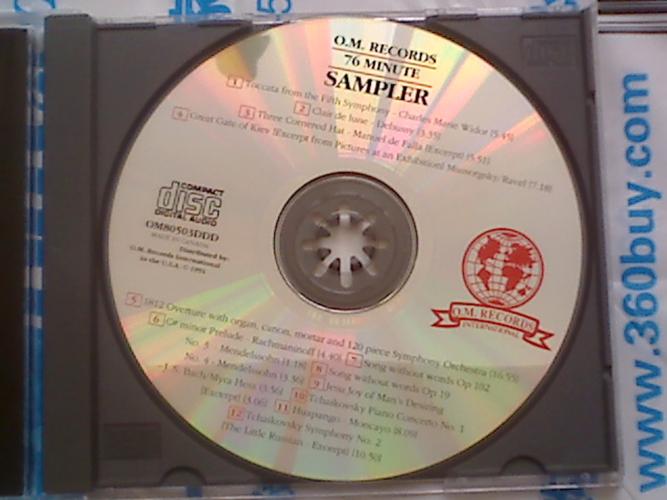Understanding the CD and Its Role in Modern Technology
CDs, or Compact Discs, have been a staple in the world of technology for decades. They have revolutionized the way we store and access data, music, and software. In this article, we will delve into the intricacies of CDs, their components, and their significance in today’s digital landscape.
CD Structure and Components
The CD is a circular disc made of polycarbonate plastic. It features a reflective layer that stores data in the form of microscopic pits. These pits are read by a laser, which converts them into digital information that can be processed by a computer or a CD player.

| Component | Description |
|---|---|
| Polycarbonate Plastic | The base material of the CD, providing durability and protection for the data layer. |
| Reflective Layer | Composed of a thin layer of aluminum, it reflects the laser light to read the data. |
| Data Pits | Microscopic indentations that represent the digital data stored on the CD. |
CD Types and Applications
CDs come in various types, each designed for specific applications. Here are some of the most common types:
- CD-ROM: Used for storing and reading data, such as software, documents, and multimedia files.
- CD-R: Recordable CDs that can be written to once and then read by a CD player or computer.
- CD-RW: ReWritable CDs that can be written, erased, and rewritten multiple times.
- CD-Audio: Used for storing and playing music.
CD Technology and Evolution
CD technology has evolved over the years, with several advancements that have improved its performance and capabilities. Some of these include:
- CD-Extra: Allows for the storage of both data and audio on the same disc.
- CD-Text: Provides additional information about the disc, such as track titles and artist names.
- CD-Video: Enables the storage of video content, making it a precursor to DVD technology.
CDs in the Digital Age
Despite the rise of digital storage formats like USB drives and cloud services, CDs still play a significant role in various industries. Here are some of the reasons why:
- Portability: CDs are lightweight and easy to carry, making them ideal for on-the-go use.
- Longevity: CDs have a long lifespan and can be stored for years without degradation.
- Cost-Effectiveness: CDs are relatively inexpensive to produce and distribute.
CDs in the Music Industry
The music industry has been heavily reliant on CDs for decades. CDs have allowed artists to distribute their music to a wide audience, and they have played a crucial role in the success of many bands and musicians. However, with the rise of digital music platforms, the importance of CDs in the music industry has diminished. Nonetheless, many music enthusiasts still prefer the physical format for its superior sound quality and collectibility.

CDs in the Software Industry
The software industry has also utilized CDs extensively for distributing software applications. CDs provide a convenient and secure way to distribute software, and they have been a popular choice for businesses and individuals alike. However, with the advent of digital distribution platforms like Steam and Microsoft Store, the reliance on CDs for software distribution has decreased.
Conclusion
CDs have been an integral part of the technology landscape for decades, and they have played a significant role in shaping the way we store, access, and distribute data, music, and software. While their importance may have diminished in the digital age, CDs continue to be a valuable tool for many users and industries.




